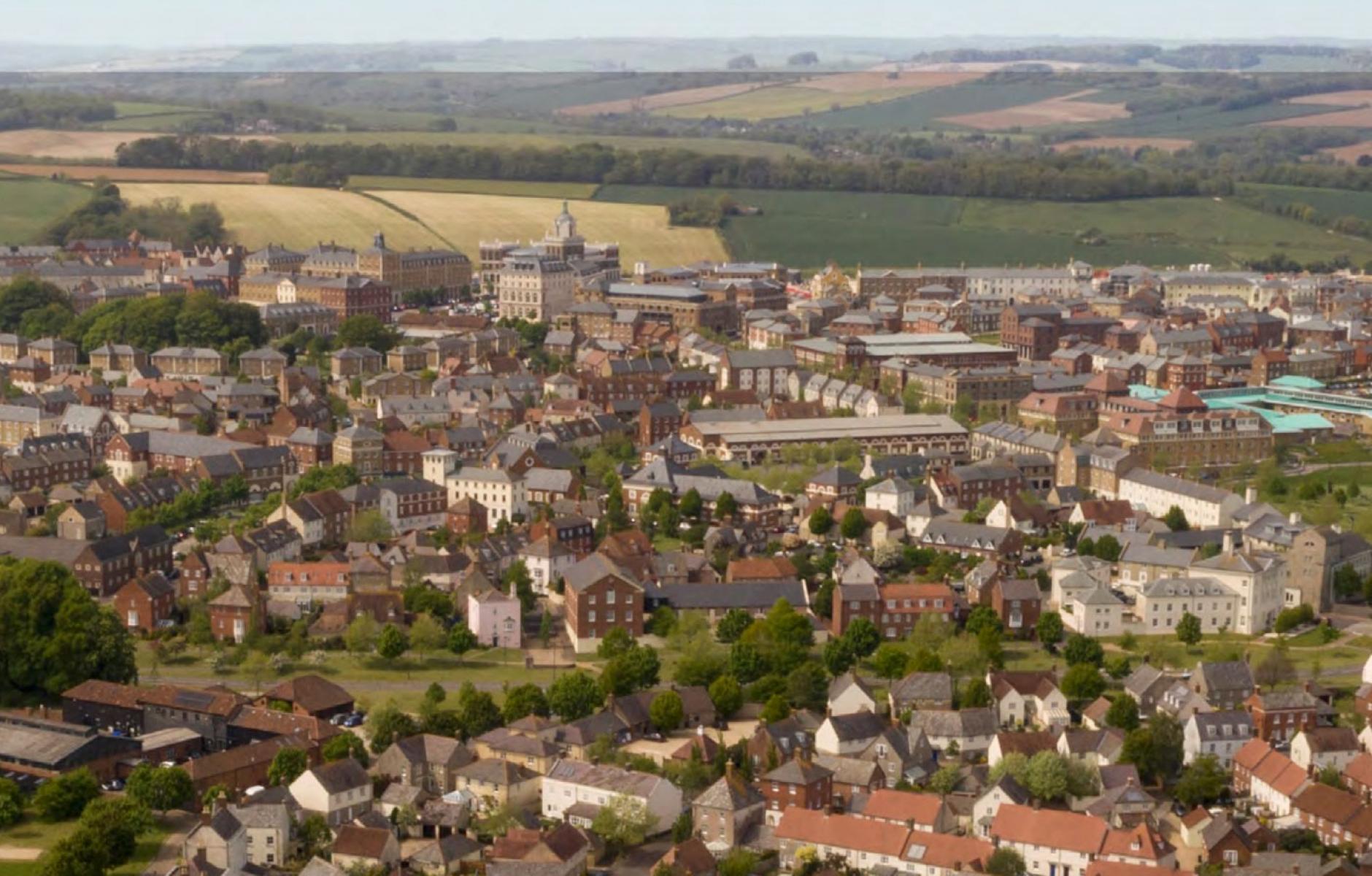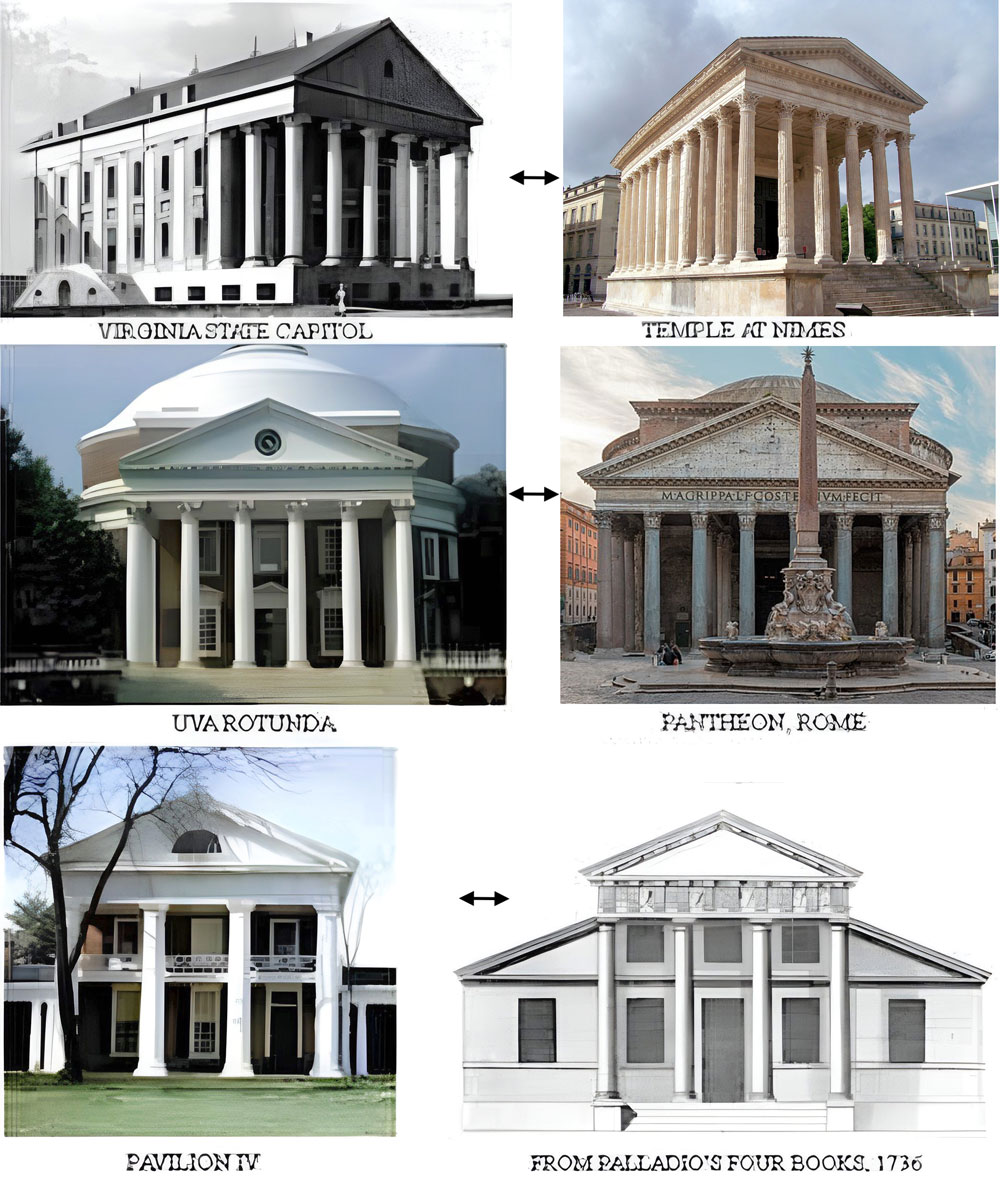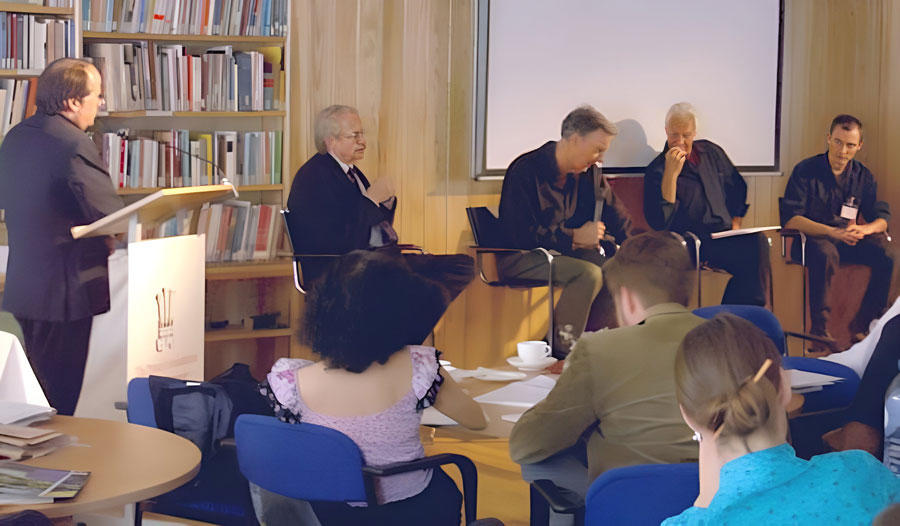
How Charles was right (it’s probably not what you think)
I was on my way to Poundbury, the model town planned by the former Prince of Wales in the southwest of England, when I got the news of the death of Queen Elizabeth. I was headed there to meet with representatives of the Duchy of Cornwall, and to plan a possible next conference of the International Making Cities Livable series there. That conference may still happen, but there is much to sort out now (including the fact that there is a new Duke of Cornwall and Prince of Wales).
There is also much to assess at Poundbury just now. The town has achieved remarkable successes, and it also offers important lessons learned. To their credit, the Duchy staff seem more than willing to share both. That has also long been the stated intention of the former prince.
This is also a historical moment when many critics and commentators seem ready to reassess their past attacks on the town. As with many of the new king’s other previously dismissed, even ridiculed passions—ecology, health, sustainability, climate—his work in urban planning and design has in recent years been getting a more thoughtful and often more appreciative reevaluation.
Oliver Wainwright, architecture critic for The Guardian—a publication that is no fan of the Monarchy, or often of the former Prince of Wales—wrote a typically revisionist article in 2016 titled “A royal revolution: is Prince Charles's model village having the last laugh?” In it he assessed Poundbury’s accomplishments and concluded that “a growing and diverse community suggests it’s getting a lot of things right.” Witold Rybczynski of Architect magazine rebutted his fellow critics when he found, in 2018, that “the place is neither anachronistic, nor utopian, nor elitist. Nor is it a middle-class ghetto. In fact, Poundbury embodies social, economic, and planning innovations that can only be called radical.” This past May, Matt Oliver of The Telegraph wrote yet another sober reassessment titled “Inside Poundbury: Why Prince Charles's 'Disney-esque' model village is proving critics wrong.”
These and other revisionist critics usually point to Poundbury’s impressive statistics: 35 percent permanent affordable housing—“pepper-potted” indistinguishably across the town, and not clustered into identifiable “projects”; mixed use zoning, with 207 businesses integrated into the town, and providing over 2,300 jobs for its population of 3,800; ample provisions for walking, cycling and transit; and a number of innovative ecological features. Among the latter are a net zero emissions biomethane generator that provides fuel for up to 59,000 homes; “solar slate” roof systems; electric charging stations throughout the town (installed long before they became common elsewhere); high-insulation homes using cavity wall construction with high thermal mass; and a shift away from plastics and other problematic substances toward natural and renewable materials.
However, there is one Poundbury principle that the critics on the whole still don’t celebrate: what the Duchy reports is “Architecture of place: creating beauty and reflecting local character and identity.” For Poundbury, that takes the form of an eclectic mix of vernacular and Classical architecture, not unlike what one would find in many parts of nearby Bristol or London.
This is the characteristic that seems to drive many architects and critics into apoplexy, and prompts them to hurl the architectural equivalent of curse words: “mock,” “twee,” “faux,” and perhaps worst of all, “Disneyland.” At best, the critics seem to hold their noses at the architectural character, as Clive Aslet did in a 2016 article in The Times: “The real point of Poundbury is not how it looks but how it works.”
But as an architectural scholar, I see a problem with this idea. Part of how a place works is how it looks—whether people are attracted to it, want to be there, want to linger and interact, perhaps to walk and cycle. If they hate it, or find it disturbing, perhaps they won’t; but in fact, at Poundbury they clearly do.
In turn, how a place works shapes how it looks too: whether there is a lively mixing of ingredients, or whether its elements are rigidly segregated into a purist functional scheme of the kind that Jane Jacobs memorably called “decontaminated sortings.” The modern world is full of such places, and as Jacobs noted, they are (and look) dreary and lifeless.
It also matters whether the place is structured as a kind of gigantic abstract sculpture, which might be awe-inspiring initially, and later for brief moments. But we don’t consciously experience our environments as works of art for most of a given day. We shape them, as Churchill pointed out, and then they shape us, and the quality of our lives, often unconsciously. And perhaps Thoreau was right when he said “the greatest art is to shape the quality of the day.”
If such gigantic abstract sculptures happen to be not very nice places to live—as they often aren’t—then the designers haven’t done a responsible job of creating good-quality, enduring human habitat. Unfortunately, the world is full of these kinds of places too: often exciting on arrival but with perishable appeal, and too often, regrettable eyesores and candidates for demolition. This is hardly a strategy for sustainable building.
Nor is the look of a place like Poundbury merely a matter of “what we happen to like.” A growing body of research shows that the aesthetic characteristics of our environments have direct impacts on economic vitality, on the activation of public spaces, on the likelihood that people will interact and socialize, on rates of walking and exercise, on more ecological lifestyles, and even on health and well-being.
A growing body of research also shows a disconnect between what most architects design and what most users actually prefer. This preference does not seem to vary much by identity or ideology, but is remarkably well-distributed across non-professional populations. It seems to be mostly architects and critics who are in the minority when it comes to what people regard as beautiful and desirable in their neighborhoods (emphasis on “their”).
For all these reasons, Poundbury dares to recycle some of the aesthetic characteristics that have proven themselves enduring, successful, and attractive over decades and centuries. One can debate how skillfully it does so, or whether it could have incorporated more innovative forms along with the “straight-ahead” traditional forms and patterns.
But for the harshest architects and critics, the problem is much more basic. Poundbury simply commits an unforgiveable offense against the most sacred rule of today’s architectural orthodoxy: we must not “copy the past.” Ewww.
But wait a minute. Where did we get that poorly examined doctrine, bordering on cult-like meme, that revival architecture is somehow wrong, false, offensive? Historically speaking, this is actually a quite recent bias, and on the evidence, quite a peculiar one.

When Thomas Jefferson based his designs on Andrea Palladio’s work two hundred years earlier, no one sneered at it as “mock” or “pastiche” or “imitation.” When Palladio based his design on Vitruvius over a thousand years earlier, no one was scandalized or traumatized. When Vitruvius based his work on the work of Greek architects …
You get the idea. The history of architecture has always been—up until only very recently—a kind of fugue, a weaving of the old with the new, innovation with revival, renaissance with change. And around the globe, this practice has produced some of the most durable and well-loved places in human history. These are places that are successful, they are loved, and they are sustainable—because they have sustained.
And we must never, ever build anything like them again!
Where did this idea, bizarre on its face, come from? We have convinced ourselves that we must be “modern,” and our modern self-image seems to demand that we must be wholly different from the past. Our buildings must somehow stand apart, they must be daring works of artistic novelty, and they must show a total break from everything that came before. We must “start from zero,” in the words of modernist pioneer Walter Gropius.
It is of course true that our time is different in many ways—not all of them sources of pride. But all periods of time have their differences, and yet all have their commonalities. We are all still biological creatures, with the same shared evolutionary history and evolved preferences. We are still affected in largely similar ways by our environments, as the evidence shows. We still find certain natural forms comfortable, attractive, and beautiful.
Yet we are in the grip of a reigning theory of modernity that is almost a century old now—and in that sense, quite an un-modern one. In light of the new insights from evolutionary biology, mathematics, physics, and other fields, it is this “modernist” theory of architecture that is looking quite out of date.
It is this orthodoxy—stuck in crisis, failing to respond to the challenges of our time—that the former Prince dared to challenge. In its place, he dared to advance a new understanding, illuminated by recent science and perennial philosophy, as a hopeful way forward. For he is not a person who is “anti-science”—whatever the merits or weaknesses one may find in his ideas and beliefs, and surely they are fair game for debate—but rather, he is anti-scientism: opposed to excessive reductionism, appalled at the ecological destruction it has wrought, and passionate about finding new ways forward. On a personal note, and speaking as one who also did graduate study in philosophy with a focus on the philosophy of science and 20th Century philosophers, I find it particularly troubling that the man’s real depth of thought is so poorly understood, and so slanderously caricatured. For too many critics, this is simply intellectual laziness.
When I was working at The Prince’s Foundation, we thought it was important to try to re-frame all the tiresome ideological arguments, in light of the refreshingly trans-ideological picture emerging from the sciences. We wanted to move past the facile stereotypes of bowtie-wearing Tory Classicists, and focus instead on broader challenges: more durable and sustainable places, more renewable and regenerative technologies, and more ecological forms of settlement. (That’s one reason we decided we needed a different kind of CEO, and we recruited the late Hank Dittmar—at the time Chair of the Congress for the New Urbanism, and he did provide a more pragmatic big-tent focus.)
In one case, we organized a conference titled “New Science, New Architecture, New Urbanism,” and we invited architectural luminaries like Charles Jencks, Bill Hillier, and RIBA President George Ferguson, to meet with biologists, physicists and mathematicians, and debate the meaning of the new “complexity sciences” for the rather stagnant discourse in architecture. The discussion certainly offered a different perspective on the emerging challenges of settlement, and for many (myself included), a refreshing one.

We also invited Christopher Alexander to that event, and like Jacobs, his work in this area had been seminal. He was also a close advisor to the former Prince of Wales, and his collaboration is one more example of the diversity and complexity of the new king’s thinking. (Unknown to most architects, Alexander’s work has had major impacts far beyond the built environment, into the worlds of software, wiki, open-source systems, biology, sociology, and many other fields.)
To be sure, this dawning understanding of the interconnected and complex nature of human environments is new only by historical standards. Jane Jacobs was famous for the last chapter of her 1961 masterwork The Death and Life of Great American Cities, wherein she described the transformative work of the sciences (even then) and the dawning understanding of “organized complexity” in cities. This understanding was critical, she argued, in working effectively with “the kind of problem a city is,” as she titled her last chapter.
But the old memes die hard, and one can still read lazy articles about Poundbury’s “mock” this and “twee” that. It is as if we have settled into a stagnant duality, wherein the only fresh and respectable architecture is “avant-garde”—which is actually a code word for quintessentially reactionary architecture, employing gigantic sculptures supplied as corporate branding by amoral artists—and anything that is “traditional” is not respected as a form of complex evolutionary structure, but on the contrary, reviled (or merely tolerated, at best) as a reflection of the lamentably vulgar tastes of the masses, and the powerlessness of markets to resist schlock. But that fails to grasp the important ecological and biological insights about traditional design: its still-useful collective intelligence, embodied in centuries of traditional evolution and refinement.
Perhaps, at this moment of reflection, it will gradually be understood how important Poundbury’s incorporation of revival architecture actually is: like much of the new king’s other work, how transformative, how truly radical, and how promising as a way forward.




